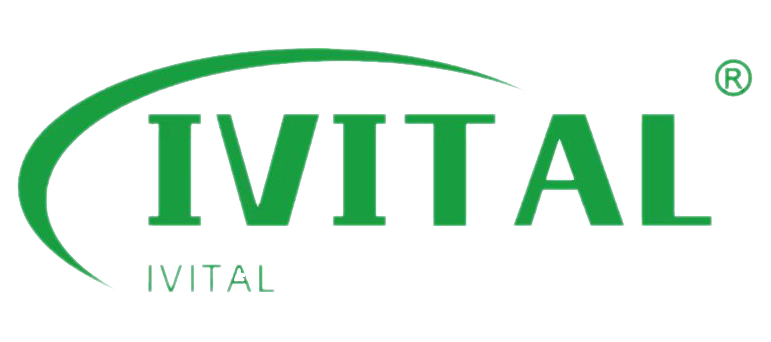When it comes to choosing the right lifting shackle for resource extraction applications, there are a few things you need to consider. First and foremost, you need to make sure you’re using the right type of shackle. There are two main types of shackles: anchor shackles and chain shackles. Anchor shackles are designed for use with wire rope or synthetic slings, while chain shackles are designed for use with chain slings. If you’re using wire rope or synthetic slings, you need to use an anchor shackle. If you’re using chain slings, you need to use a chain shackle. It’s that simple.
Choosing the right lifting shackle is very important to ensure safety and efficiency in resource extraction operations. The wrong choice can cause accidents, damage equipment, and increase costs. This guide will help you understand the key factors to consider when selecting a lifting shackle, including types, materials, safety standards, and market trends.
Now, let’s take a closer look at the different types of shackles, how to choose them, and the key market trends that are shaping their use in resource extraction.
What Are Lifting Shackles and Their Types?
Lifting shackles are tools used in various industrial lifting jobs. They connect lifting slings, chains, or ropes to loads, ensuring secure and safe lifting operations. The two most common types of shackles are:
- Bow Shackles: These have a rounded shape and allow for multi-directional load handling. They are best for situations where the load may move or shift.
- D Shackles: Also known as chain shackles, they have a straight-sided “D” shape, ideal for straight-line pulls or fixed loads where the shackle is not expected to rotate or twist.
How Do You Size Lifting Shackles?
Getting the right shackle size is crucial for safety. Shackles are sized by the diameter of the bow (the curved part) instead of the pin size. Always use a shackle that matches the size in the manufacturer’s tables. Using the wrong size shackle can lead to failure and possible accidents.Check Sizing Guidelines
Check a Shackle Size Chart to ensure you choose the correct size for your needs, considering the weight of the load, the type of lifting equipment, and the working environment.
How to Pick the Right Shackle for Your Application?
To pick the right shackle, consider these factors:
- Pick a shackle that’s rated for more than the most weight you’ll ever lift.
- Consider where you’ll use the shackle. For example, use stainless steel shackles in corrosive environments and alloy steel shackles for heavy-duty work.
- Use D shackles for straight-line pulls. For multi-directional pulls, use bow shackles.
Make sure the shackle meets the safety standards and certifications you need. Look for certified products that meet standards like EN 13889 or ASTM A153.
How to Choose an Anchor Shackle?
When choosing an anchor shackle:
Make sure the shackle’s load rating is equal to or greater than the weight of the chains or ropes you’ll use with it.
Don’t use non-rated shackles, especially if you don’t know where they came from or what they’re made of. They can be weak and dangerous.
Key Market Trends in Lifting Shackles:
More and more people in the resource extraction industry are demanding high-quality, safety-certified shackles because:
- Better materials and manufacturing techniques have made shackles stronger and more durable.
- Safety standards have gotten stricter, so companies have to use certified shackles and follow better safety practices.
- Companies are always coming up with new shackles that have features like better corrosion resistance and higher load capacities.
Conclusion:
Choosing the right shackle is important for safety and efficiency in resource extraction. By understanding the different types, sizes, materials and certifications, you can make the best choice for your needs. To stay up to date on the latest shackle news, sign up for our emails.



